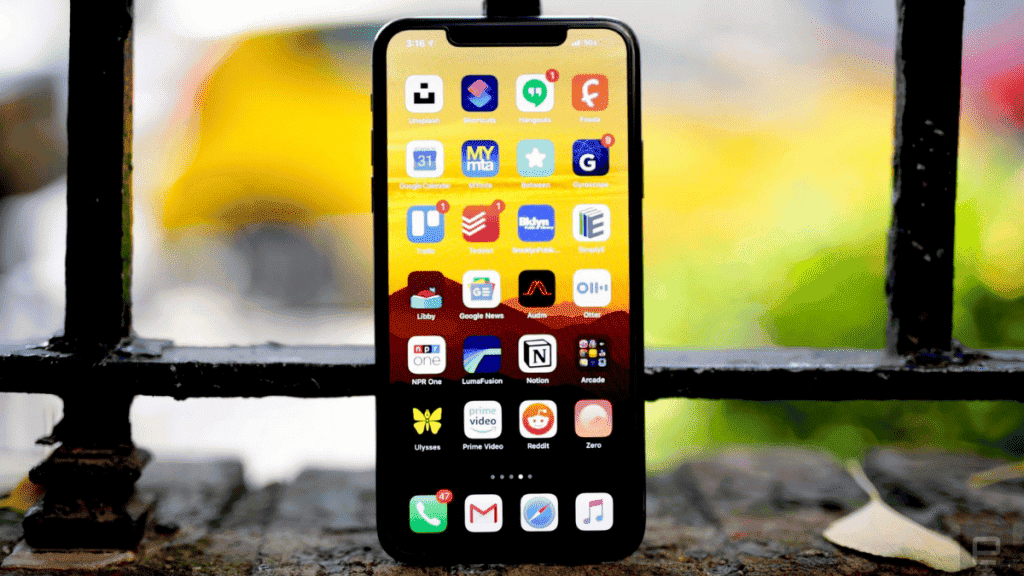With a whole lot of updates, videos, Apple upgrades the usability site

Apps are designed for all, after all. When, because of such disabilities, a certain individual is unable to access it optimally, the obligation falls with the business to manage, adapt, and execute. For a while now, Apple has been doing just this and they are just getting better at it.

Apple has updated its accessibility site with a whole host of fresh updates by adding to its list of features that make iPhones, iPods, and other smartphones readily available to people with disabilities.
The updated look of the website, which you can check out here, coincides with the International Day of People with Disabilities (December 3) and introduces updates to make it easy for people to work through it and learn how to properly personalize their smartphones.
The usability site has been organized by Apple into four major sections – Vision, Mobility, Hearing, and Cognitive. And both of these parts includes functionality that would be helpful for nearly any person, whether or not they classify themselves as persons with disabilities.
The driving mantra behind it all is to make yours to “make something wonderful” with these features. For ease of reading, the redesigned accessibility page often utilizes big high-contrast versions.
All you need to do is head over to Settings and click on ‘Accessibility’ to grasp the features Apple provides for greater accessibility. Apps such as Magnifier (to better interpret tiny prints), VoiceOver (to read text out loud), Talk Range (to read the outlined text and audio descriptions), etc., may be helpful for several, many people. There is also a feature called Sound Recognition that moves the iPhone or iPad with a noticeable and vibrating warning when a certain sound like fire alarms or doorbells or sirens or a crying baby is heard by the system.
Only a little walk around it all and you’d understand that many people with disabilities choose Apple devices over Android devices. The idea that Apple is a closed platform encourages the business to make crucial additions to what consumers will expect from their smartphones. And not just that the organization also deals with those who make accessories for Apple, such as Braille keyboards and hearing aids, so that it blends and works.
Apple has posted a bunch of videos on the renovated website that are simply ‘how-to’ articles on how to use the magnifier, how to configure the back tap mechanism to cause behaviors and shortcuts of functionality, how to take a selfie or toggle on different Voice Control user interfaces, etc. The multiple configuration choices enable people with extreme physical motor disabilities with only their voices to monitor their Mac, iPad, and iPhone.
Apple will also use the latest LiDAR detector on the back of the new iPhone 12 Pro and iPhone 12 Pro Max to help the visually disabled realize how far away other people and items are – this is especially useful when waiting in a line or approaching a shop or an unfamiliar house.
Apps are designed for all, after all. When, because of such disabilities, a certain individual is unable to access it optimally, the obligation falls with the business to manage, adapt, and execute. For a while now, Apple has been doing just this and they are just getting better at it.


